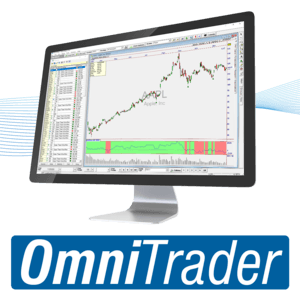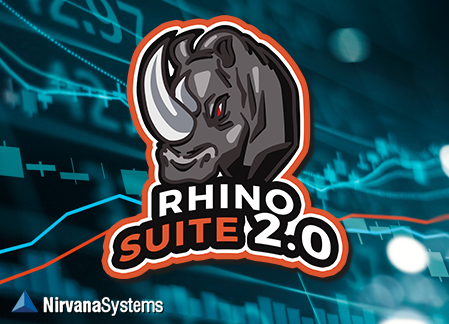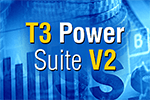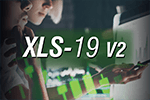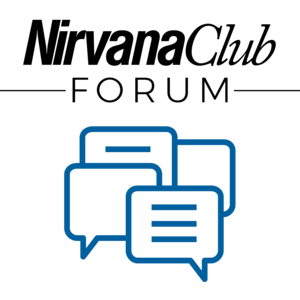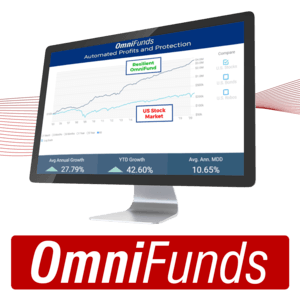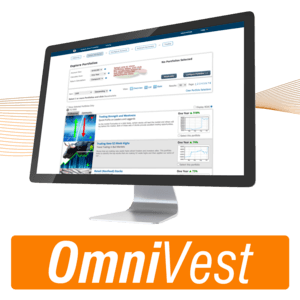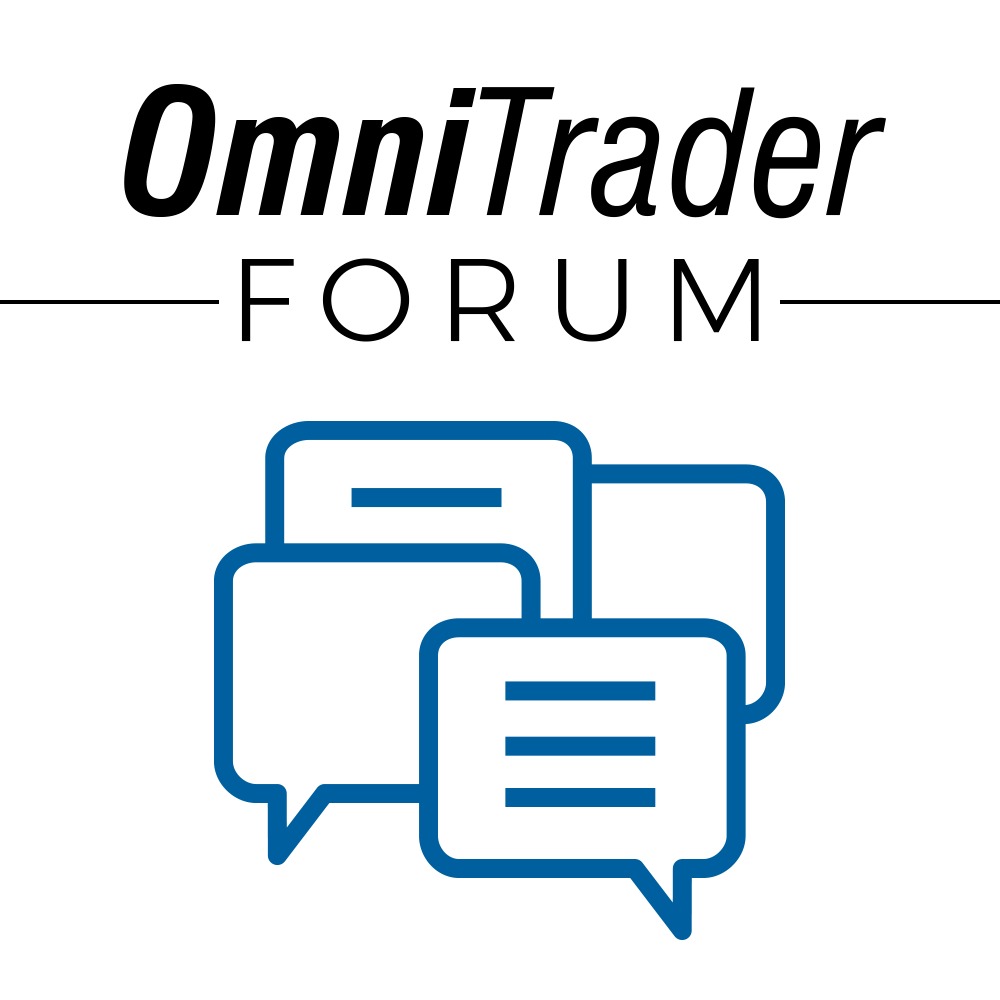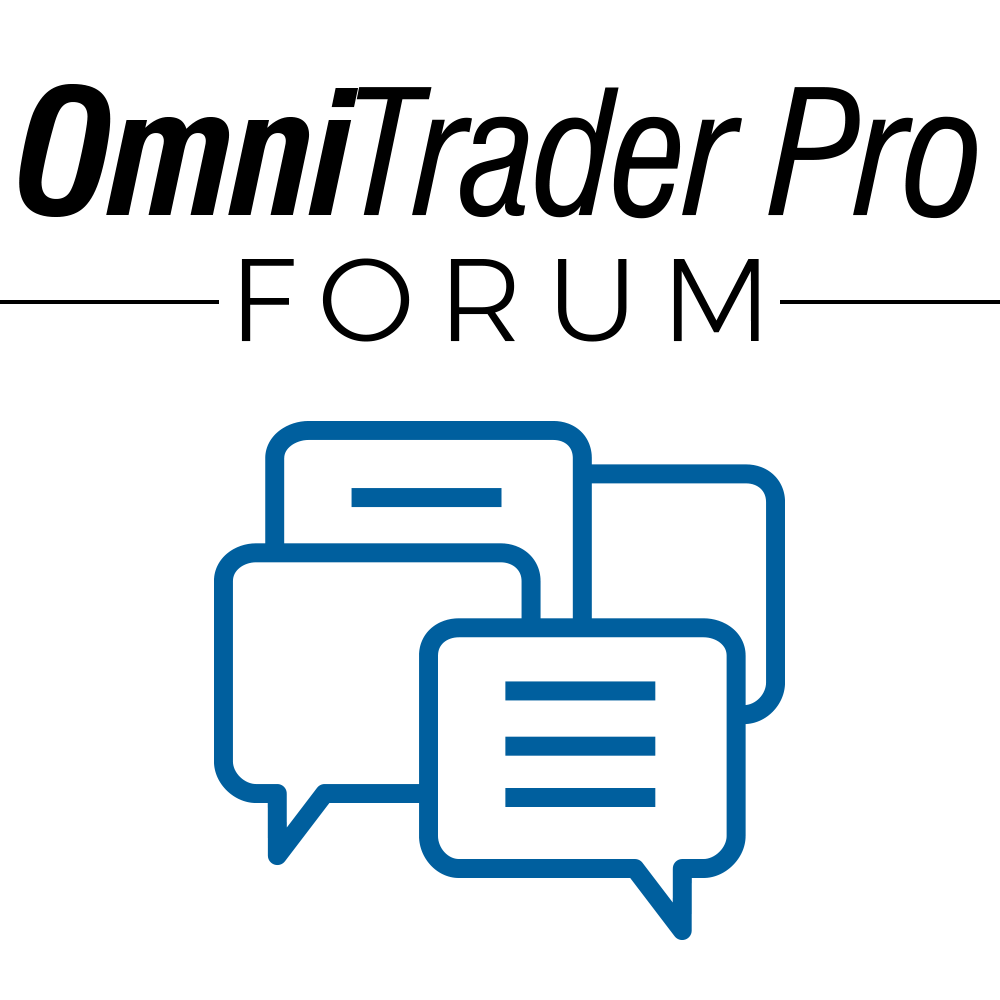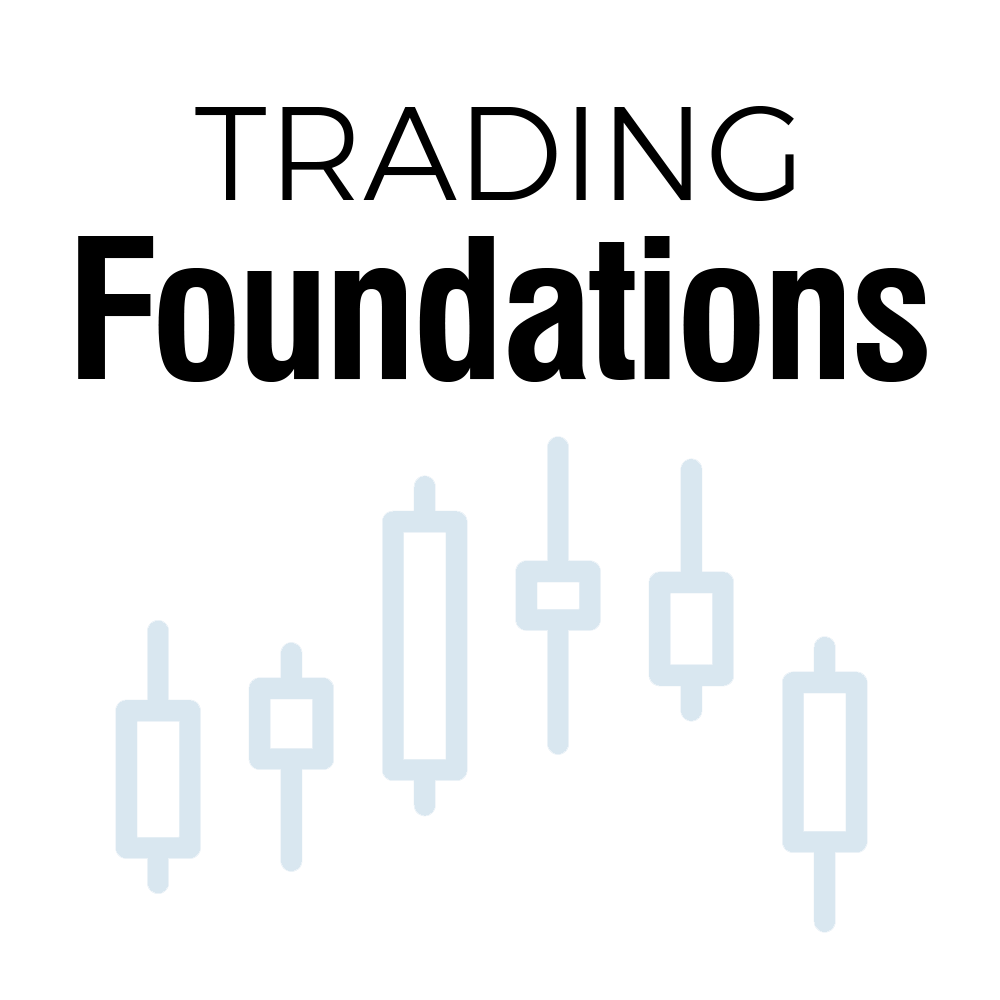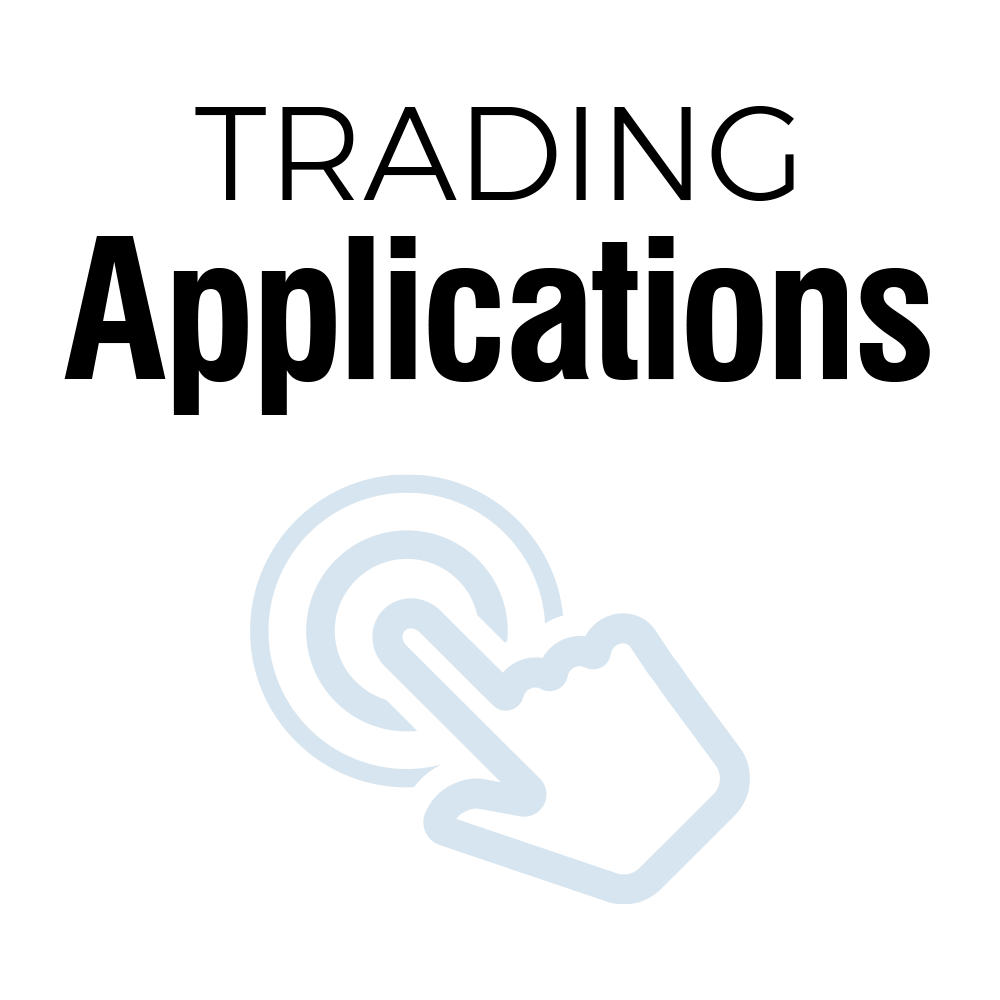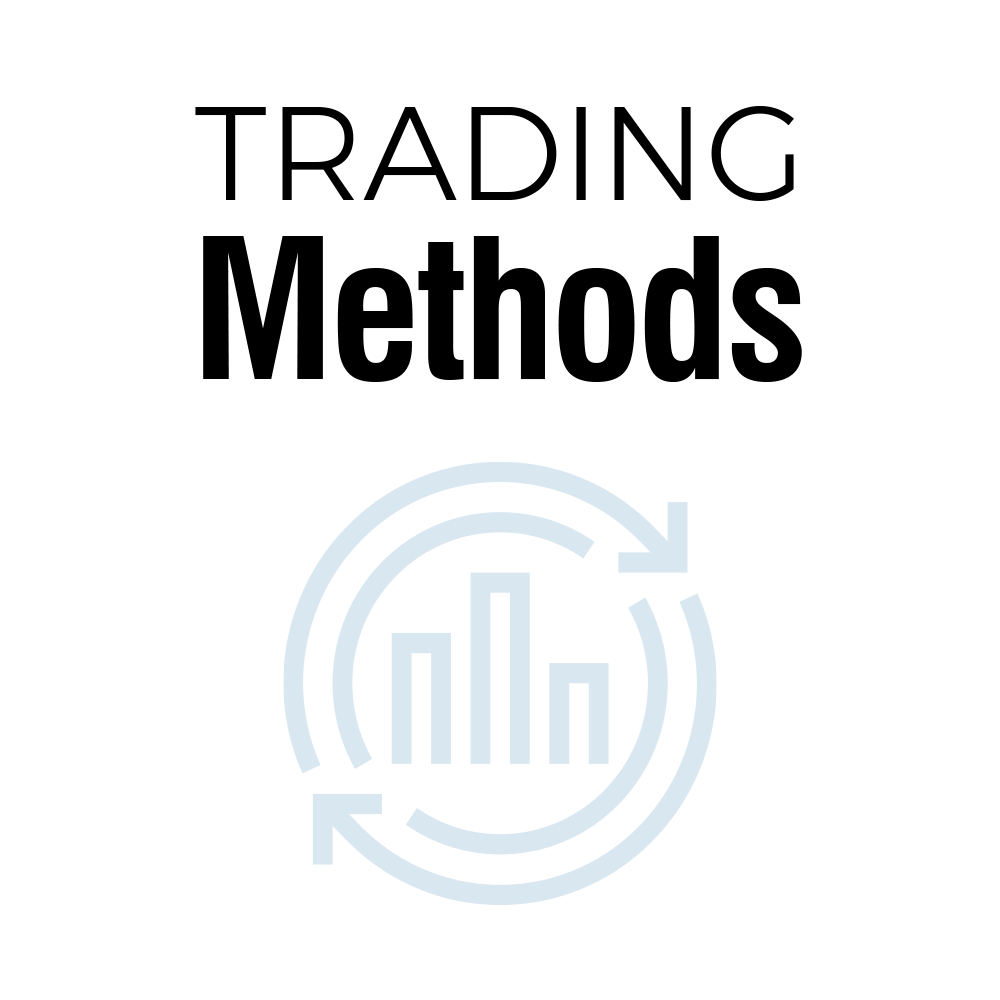NASDAQ:MDNA
READ THE FULL MDNA RESEARCH REPORT
Business Update
Phase 3 Plan for MDNA55 Program
On October 15, 2020, Medicenna Therapeutics Corp. (NASDAQ:MDNA) provided an update for the MDNA55 program following an ‘End-of-Phase 2’ meeting with the U.S. FDA. The FDA has guided for the company to proceed with a Phase 3 registration trial of MDNA55 in patients with recurrent glioblastoma (rGBM) that harbor no IDH1/IDH2 mutations. There are two noteworthy points regarding the proposed trial:
1) The trial will utilize a matched external control group for 2/3rd of the control arm.
2) Patients will be randomized 3:1 to receive MDNA55 or standard of care (SOC). SOC will consist of physician’s choice (temozolomide, bevacizumab, lomustine, etc.)
This is the first instance we are aware of where a company has been encouraged to utilize a substantial external control arm for a cancer trial and could represent a paradigm shift in the way trials are conducted for diseases that have a significant unmet need for improved therapeutics. In addition, the use of a sizeable external control arm will decrease the number of patients required in the trial, which will help to defray costs and could expedite the time to complete the trial. With a 3:1 randomization it will also allow for more patients to receive MDNA55 than would be possible with a standard 1:1 randomization.
We estimate a total of approximately 150 patients will be enrolled in the treatment arm, with approximately 50 patients enrolled in the control arm. Another 100 patients will be enrolled into the external control arm, with records for those patients derived from previous clinical trials that have been conducted since January 2016. Patients included in the external control arm will have characteristics similar to those enrolled in the treatment and control arms and will be identified in a manner similar to that used for the company’s analysis of the Phase 2 clinical trial that utilized a synthetic control arm (discussed below).
We expect that the positive ‘End-of-Phase 2’ meeting with the FDA will invigorate Medicenna’s efforts to identify a suitable partner to advance the program, as we do not anticipate the company initiating a Phase 3 program for MDNA55 without a collaboration agreement with a larger pharmaceutical company in place.
MDNA55 Update
Medicenna recently completed a Phase 2b clinical trial of MDNA55 in patients experiencing either first or second GBM relapse (NCT02858895). It was a multi-center, open label, single arm study with the primary endpoint of median overall survival (mOS) and a secondary endpoint of objective response rate (ORR) following a single intra-tumoral infusion of MDNA55 in adult rGBM subjects.
The company presented updated results from the trial at ASCO 2020. A copy of the presentation can be found here. A total of 44 subjects were evaluable for this analysis. To compare the survival of patients receiving MDNA55, a synthetic control arm (SCA) was established to identify rGBM patients matched on eligibility and prognostic characteristics including those with de novo GBM, wild-type IDH, and not eligible for resection. A propensity score weighting was then used to balance the baseline characteristics between the MDNA55 cohort and the SCA. Propensity scoring is a statistical method utilized to better align a treated group and an observational cohort.
The following table shows that when compared with the propensity weighted SCA, patients treated with MDNA55 exhibited a 72% improvement in mOS. When the patient population is stratified by IL4R status, IL4R High patients showed a 116% increase in mOS.

Interestingly, patients with low IL4R expression had a similar tumor control rate (TCR) as patients with high IL4R expression (75% vs. 76%). The majority of IL4R Low patients (11/16) received high doses of MDNA55, while only a minority of IL4R High patients (8/21) received a high dose of MDNA 55. Almost all of those who exhibited tumor control in the IL4R low group received a high dose of MDNA55. Conversely, there was no association with the amount of MDNA55 received and response in those with high IL4R expression. What this signifies is that in the IL4R low group a sufficient amount of MDNA55 is required in order to see a response as there are a limited amount of receptors available for the drug to bind. In contrast, in the IL4R high group, the amount of MDNA55 given is of less importance because there are more receptors available for the drug to interact with.
Thus, the Proposed Population (n=32) consists of all IL4R High patients as well as the IL4R Low patients that received a high dose of MDNA55. The following table shows that median survival and OS-12 for this group of patients was 15.8 months and 62% compared to 7.0 months and 18% for the eligibility matched SCA.

Conclusion
The ‘End-of-Phase 2’ meeting outcome is very encouraging for the company and shows that the FDA is open to utilizing innovative trial designs to expedite results for conditions where patients have few if any treatment options. We look forward to additional updates regarding the company’s partnering discussions and are hopeful that a collaboration can be entered into in 2021 such that the Phase 3 program for MDNA55 can be initiated. With no changes to our model our valuation remains at $11 per share.
SUBSCRIBE TO ZACKS SMALL CAP RESEARCH to receive our articles and reports emailed directly to you each morning. Please visit our website for additional information on Zacks SCR.
DISCLOSURE: Zacks SCR has received compensation from the issuer directly, from an investment manager, or from an investor relations consulting firm, engaged by the issuer, for providing research coverage for a period of no less than one year. Research articles, as seen here, are part of the service Zacks provides and Zacks receives quarterly payments totaling a maximum fee of $40,000 annually for these services. Full Disclaimer HERE.


